Try Default

See how revenue teams automate revenue operations with Default.

Key Takeaways
- A go-to-market (GTM) strategy is a cross-functional revenue plan that unites sales, marketing, customer success, and RevOps on how to target, convert, and expand your highest-value customers.
- It defines your ICP, value proposition, pricing, distribution channels, and GTM motion — giving every team a single source of truth for hitting revenue targets.
- An effective GTM strategy shortens sales cycles, improves conversion rates, and creates a repeatable framework for entering and scaling new markets.
- In 2025, winning GTM teams execute with real-time intent signals, AI-driven automation, and CRM enrichment to increase pipeline velocity and cut operational drag.
- Without a tightly aligned GTM strategy, even the best products miss pipeline, conversion, and revenue goals — execution breaks down before value reaches the buyer.
Most GTM strategies look great in a slide deck — and then fall apart the moment they hit the real world. In 2025, buyers move faster, expect more, and leave little room for error.
Add AI-driven complexity on top, and the cost of misalignment is brutal: missed pipeline, ballooning CAC, and deals that die before they ever get to a rep.
A go-to-market strategy is the operating system for your revenue engine. It defines how you identify the right customers, deliver value, and turn demand into revenue at scale. The strongest strategies go beyond ICPs or messaging — they hardwire execution across sales, marketing, customer success, product, and RevOps.
A modern GTM strategy should:
- Align every team around shared pipeline and performance metrics
- Define a precise ICP, messaging, pricing, and channel approach
- Leverage automation, enrichment, and routing to execute at speed
- Adapt in real time to buyer intent, not static funnel stages
This guide breaks down how leading GTM teams in 2025 launch into demand — and turn strategy into predictable revenue.
The building blocks of a GTM strategy
A go-to-market (GTM) strategy is a revenue execution framework that unites marketing, sales, RevOps, product, and customer success around how you generate pipeline, convert customers, and expand revenue — with speed, precision, and accountability.
It’s the system that answers the three questions every GTM leader must get right:
- Who are we targeting, and why now?
- What problem do we solve better — and faster — than the competition?
- How will we reach, convert, and retain those buyers without losing time, data, or momentum?
When done right, a GTM strategy gives teams:
- A shared focus on high-fit, high-intent accounts
- Messaging and pricing that directly support conversion at every stage
- Clear ownership of funnel stages, handoffs, and KPIs
- The ability to scale winning motions — and fix what’s breaking — in real time
GTM strategy at a glance
6 non-negotiables for a winning GTM strategy
Every GTM strategy lives or dies by a handful of decisions. Miss on these, and you’ll burn budget, flood the funnel with the wrong leads, and lose deals you should have won. Nail them, and you give every team a clear playbook for how to execute, measure, and scale.
Ideal customer profile (ICP)
Identify segments with the highest revenue potential and lowest acquisition cost using firmographic, technographic, and behavioral data. An ICP that’s too broad floods the funnel with low-fit leads, inflating CAC and slowing conversion.
Value proposition
Position your solution around measurable outcomes and urgency — not features. Every team should deliver a consistent, differentiated impact statement tied to buyer priorities, ensuring messaging remains consistent across all touchpoints.
Sales & marketing motion
Decide how you’ll generate and convert pipeline — inbound, outbound, PLG, ABM, or a hybrid. Define ownership, set SLA expectations, and enforce clean handoffs to avoid dropped leads and stalled opportunities.
Pricing & packaging
Design monetization models that match buyer psychology, product usage, and revenue goals. Build flexibility for upsell, expansion, and retention while keeping the buying decision simple.
Distribution model
Select and optimize your route to market — direct, partner-led, product-led, or multi-channel. Tailor enablement, messaging, and operational support for each route to avoid channel underperformance.
Success metrics & diagnostics
Go beyond basic KPIs like CAC, sales velocity, and win rate. Instrument the funnel to spot friction points, enrichment gaps, and conversion lag so you can fix issues before they compound.
If these six pieces aren’t locked in, everything else in your GTM playbook is noise. They’re the guardrails that keep execution fast, focused, and scalable.
Why GTM strategy makes or breaks revenue in 2025
A weak GTM strategy doesn’t just slow you down — it drains pipeline, drives up CAC, and leaves reps chasing the wrong deals. The companies that win treat GTM as the engine of predictable revenue, not a checklist to revisit once a quarter.
Here’s why GTM leaders put strategy before spend:
- Prevents cross-team misalignment – Without GTM clarity, sales, marketing, and CS pursue disconnected goals, causing missed handoffs, duplicate work, and funnel leakage.
- Accelerates pipeline creation and conversion – Clear ICPs, consistent messaging, and automated routing help teams qualify faster, convert sooner, and close more — especially when powered by real-time intent signals.
- Improves targeting precision – Focuses efforts on accounts most likely to buy, expand, and retain; replacing vanity metrics with intent-backed prioritization.
- Enables scalable, testable execution – Creates a framework that can be deployed, tested, and optimized across geos, products, or segments without slowing down.
- Increases visibility and accountability – Shared KPIs across RevOps, sales, and marketing improve forecasting, speed up course corrections, and align planning with pipeline reality.
A strong GTM strategy gives you control of revenue growth; a weak one leaves you reacting to missed targets and rising costs.
7 steps to building a GTM strategy that works
A high-impact GTM strategy is a repeatable operating model for driving pipeline and revenue across teams. In 2025, the most successful GTM orgs follow these steps:
Segment and prioritize your market
Start by building your ICP with firmographic, technographic, and intent data. But don’t stop there — tier accounts into “now,” “later,” and “monitor” buckets based on signals like hiring patterns, technology adoption, or buying committee activity. Without this discipline, SDRs chase Fortune 500 logos that clog the pipeline but never convert.
Strong GTM teams keep SDR dials and marketing spend locked on accounts that can close within realistic cycles.
Craft a differentiated value proposition
Every segment should get messaging tied directly to its urgent priorities. For example: CFOs care about CAC efficiency; RevOps cares about lead routing accuracy; sales leaders care about faster time-to-meeting. If your messaging is one-size-fits-all, you’ll lose them.
Winning teams map one core value prop to multiple personas — and train every rep to deliver it consistently, whether in a cold email or a renewal conversation.
Design pricing and packaging for your GTM motion
If you’re PLG, pricing must be frictionless — transparent tiers, fast time-to-value, and clear upgrade paths. If you’re enterprise sales-led, structure packages to support multi-year deals, stakeholder negotiation, and expansion plays. Misaligned pricing creates friction: PLG users stall if they hit hidden paywalls; enterprise buyers balk if your pricing looks like SMB SaaS.
GTM leaders treat pricing as part of positioning, not an afterthought.
Build campaigns and content for activation
Campaigns must reflect the full funnel. Top-of-funnel content draws awareness, but mid-funnel assets (ROI calculators, case studies, comparison guides) close deals. Post-sale, content like playbooks and success stories drive expansion.
Outbound teams should get sequencing built on real buyer triggers — not just generic cadences. If marketing passes leads without sales-ready context, SDRs waste time, and reps walk into cold calls blind.
Select and optimize distribution channels
Choose one or two primary routes to market and build deep. PLG requires seamless onboarding, in-app nudges, and PQL tracking. Partner-led motions demand incentive structures, co-marketing, and pipeline visibility. Enterprise direct sales needs enablement content and account intelligence.
Teams that spread thin across every possible channel end up with under-resourced motions that all stall. The best GTM orgs invest heavily in the channels that fit their ICP’s actual buying behavior.
Operationalize execution across teams
Strategy collapses without execution discipline. Every lead should have a clear SLA: who picks it up, when, and how fast. Sales, marketing, CS, and product must share definitions for MQL, SQL, PQL, and expansion triggers. RevOps owns the glue — without it, leads slip through cracks, reps complain about “bad data,” and the feedback loop dies.
High-functioning GTM teams treat RevOps as a revenue command center, not a back-office role.
Instrument performance and establish feedback loops
Don’t just measure CAC, velocity, and win rate. Diagnose why deals stall: Was it routing? Response time? Messaging? Product gaps? The difference between a top GTM org and everyone else is cadence — they run weekly reviews, capture win/loss data, and adjust plays in real time. Quarterly retros are too late; by then, the pipeline is already lost.
Miss any one of these steps, and your GTM strategy won’t scale — it’ll stall under the weight of inefficiency and lost deals.
6 GTM models and when to use them
There’s no single GTM playbook — the right model depends on your product, market, and revenue goals. These are the most common approaches in 2025 and when to use each.
1. Product-led growth (PLG)
- When to use: Transactional or viral SaaS tools with strong UX and fast time-to-value.
- Primary benefit: Lowers CAC and drives adoption through self-serve onboarding and viral loops.
- Primary risk: Poor onboarding kills conversion; usage doesn’t guarantee purchase without a clear PQL process.
2. Sales-led
- When to use: High ACV solutions, multi-stakeholder deals, and consultative sales cycles.
- Primary benefit: Controls deal velocity and enables tailored buyer engagement.
- Primary risk: Inefficient handoffs, misrouted leads, and high CAC without strong routing and enrichment.
3. Marketing-led
- When to use: Markets where education drives purchase decisions.
- Primary benefit: Scales awareness and fuels top-of-funnel demand through inbound and nurture programs.
- Primary risk: MQL volume doesn’t always equal sales-ready leads — requires tight sales alignment.
4. Account-based (ABM)
- When to use: Mid-to-enterprise B2B selling into high-value accounts.
- Primary benefit: Orchestrates targeted, multithreaded outreach to strategic logos.
- Primary risk: High resource investment; demands strong orchestration and measurement infrastructure.
5. Channel-led
- When to use: Geographic expansion, regulated industries, or vertical-specific plays.
- Primary benefit: Extends market reach without increasing direct headcount.
- Primary risk: Limited visibility and potential for misaligned incentives without strong partner enablement.
6. Ecosystem-led
- When to use: Infrastructure, platform, or API-first products.
- Primary benefit: Accelerates adoption through trusted integrations and marketplace visibility.
- Primary risk: Over-reliance on external product roadmaps; requires consistent partner support.
No GTM model wins in isolation. The strongest teams combine motions — layering PLG with enterprise sales or ABM with partner-led — to reflect how their buyers actually purchase. The key is focus: choose the motion you can execute and measure, not every play at once.
GTM strategy vs. marketing strategy: what’s the difference?
While often confused, a GTM strategy and a marketing strategy play different roles. GTM drives the full revenue engine; marketing strategy powers awareness and demand within it.
Quick comparison
Key differences
- Ownership and coordination: GTM is cross-functional and RevOps-led; marketing strategy is a contributor. Without GTM oversight, execution fragments.
- Execution cadence: GTM enforces SLAs, lead flows, and enablement; marketing strategy drives content, campaigns, and top-of-funnel momentum.
- Outcome alignment: GTM is measured by pipeline and ARR; marketing strategy tracks brand growth and lead generation.
Where they overlap
- Customer and ICP alignment: Both rely on precise segmentation — a vague ICP breaks both strategies.
- Messaging consistency: GTM depends on marketing’s positioning to carry through every touchpoint.
- Channel strategy: Owned and paid media often serve both — from awareness to conversion.
- Feedback loops: Both should adapt in real time to campaign performance and buyer behavior.
Think of it this way: marketing strategy gets you attention, but GTM turns that attention into revenue. Confuse the two, and you end up with traffic and leads that never convert.
How top GTM teams execute in 2025
Even a strong GTM strategy fails without disciplined execution. High-performing revenue teams in 2025 follow these principles:
- Align on shared KPIs and SLAs – Define pipeline contribution, lead response times, and conversion metrics that all teams agree on. Review weekly to keep execution tight.
- Design for adaptability, not just scale – Build motions that allow for segmentation changes, upmarket moves, and pricing shifts without breaking the system.
- Instrument every stage of the funnel – Track exactly where leads drop, where reps stall, and where routing or enrichment breaks. Fix issues before they compound.
- Establish real-time feedback loops – Use win/loss analysis, campaign data, and rep input to adjust messaging and plays continuously, not quarterly.
- Automate repetitive operational work – Remove manual lead scoring, routing, and enrichment tasks to cut response time and reduce errors.
- Enforce consistent messaging – Ensure the same value proposition appears in every ad, email, sales call, and onboarding touchpoint to maintain buyer confidence and deal momentum.
The GTM teams that win aren’t perfect — they’re disciplined. They align on the same KPIs, instrument the funnel, automate the busywork, and keep messaging tight. Do that consistently, and execution turns into momentum you can actually scale.
Where GTM execution breaks (and why)
Even a solid strategy stalls if the execution layer breaks. These are the most common — and costly — failure points in modern GTM operations:
- Siloed teams with no single owner – Without cross-functional accountability, handoffs fail, SLAs slip, and no one manages the full funnel. This leads to wasted spend, pipeline leakage, and slow feedback cycles.
- Vague or unworkable ICP definitions – An ICP that can’t be used for routing, scoring, or targeting fills the funnel with low-fit leads, inflating CAC and lowering conversion efficiency.
- Manual workflows that slow response times – Lead routing, scoring, and handoffs done manually create delays, errors, and inconsistent buyer experiences.
- Lack of real-time performance visibility – Waiting for weekly or monthly KPI reviews allows small execution issues to become systemic problems.
- Inconsistent messaging across the funnel – Misalignment between marketing promises and sales delivery erodes trust, lowers close rates, and hurts expansion opportunities.
These challenges aren’t rare — they’re the default state of most GTM orgs. The difference is that high-performing teams spot them early, build systems to prevent them, and turn what slows others down into a competitive edge.
Tools that turn GTM strategy into execution
Even the best GTM strategy will stall if execution relies on manual processes, disconnected tools, or guesswork. The right GTM tools help RevOps and GTM leaders move faster, reduce friction, and keep every team aligned.
Default
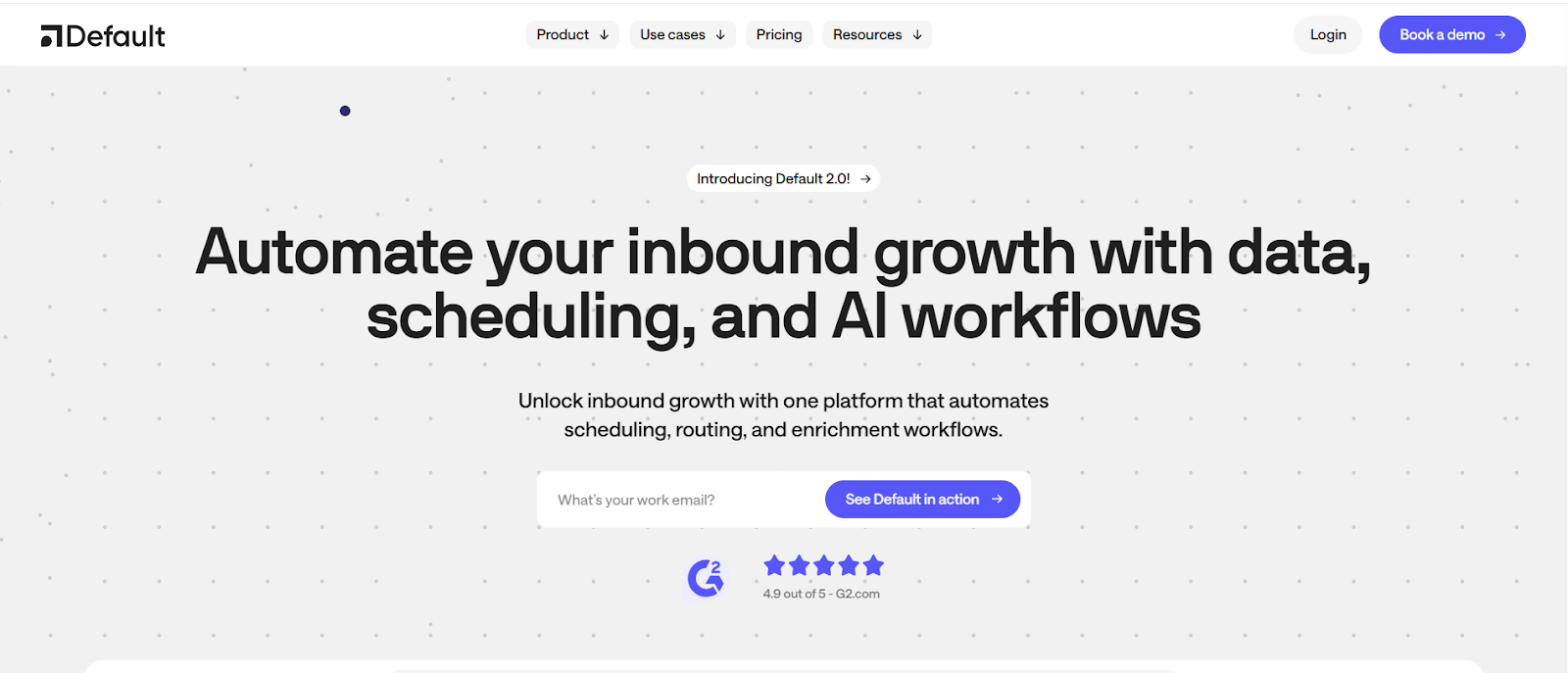
Default acts as the execution layer for GTM teams, removing the bottlenecks that slow lead flow and inflate CAC. Its sales workflow software automates enrichment, routing, qualification, and scheduling in real time, so every high-intent buyer gets to the right rep without lag. The result: faster speed-to-lead, cleaner data, and more predictable pipeline.
Pros
- Automates lead flow from enrichment to scheduling, eliminating handoff lag.
- Surfaces real-time buyer intent signals and triggers immediate rep action.
- Aligns teams with routing logic and territory rules that scale cleanly.
- Improves downstream attribution and reporting by cleaning CRM data upfront.
Cons
- Requires a defined ICP and RevOps ownership to unlock full value.
- Works best when tied directly into core systems like CRM and MAP.
The numbers that matter: 10x higher GTM efficiency and 10% higher inbound conversions, plus 67% lower speed-to-lead and 5x less time spent on mis-routed leads.
Best for
Sales-led, ABM, or hybrid GTM teams that need faster lead response, error-free routing, and scalable execution without stacking more tools.
6sense
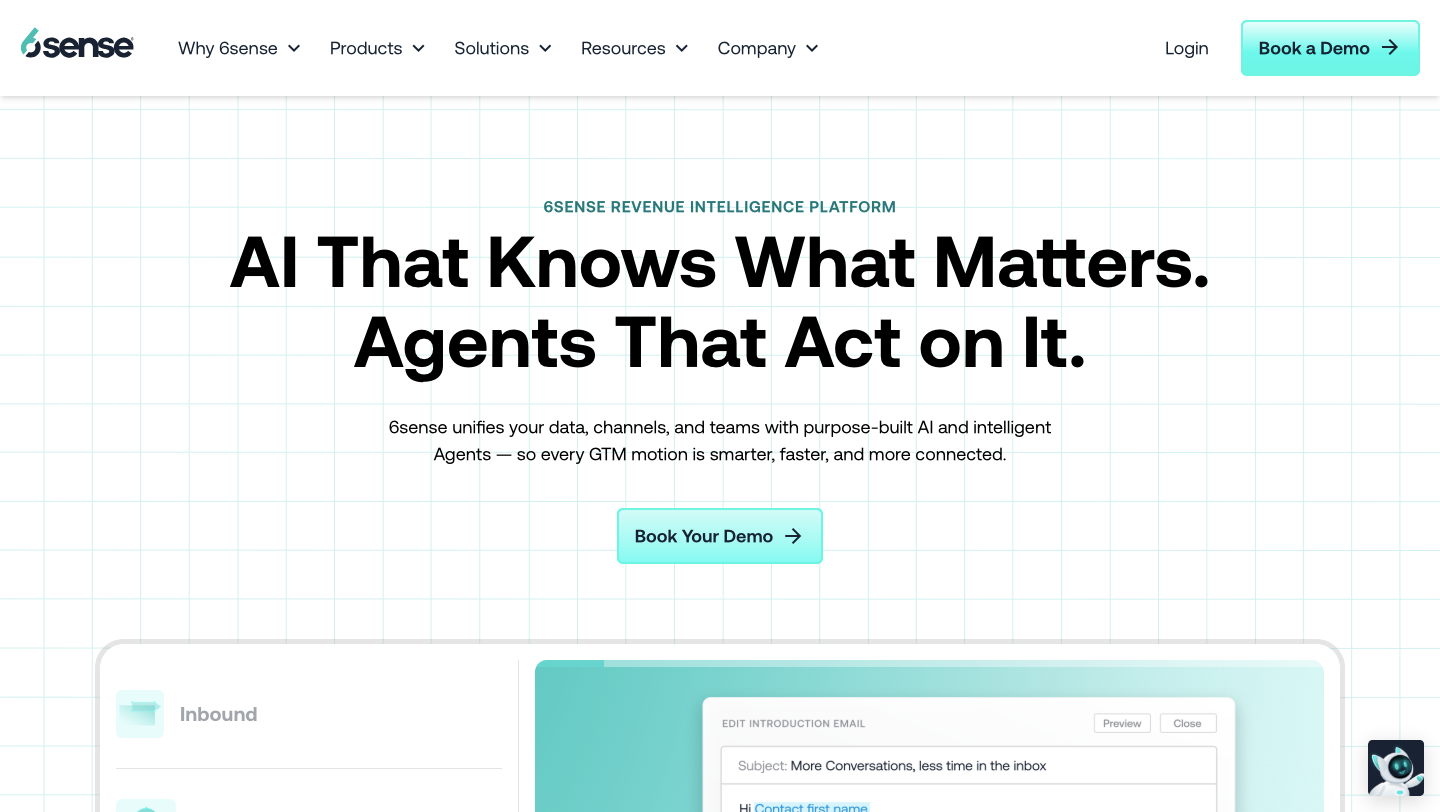
6sense is about intelligence, not execution. It uses AI-powered intent and predictive analytics to show you which accounts are in-market and when to engage them. With multichannel orchestration layered on top, it helps enterprise GTM teams focus resources where deals are most likely to close.
Pros
- Prioritizes accounts by stage of buyer journey with predictive scoring.
- Activates cross-channel campaigns based on intent, reducing wasted outreach.
- Supports enterprise ABM plays with advanced segmentation and buying group tracking.
Cons
- Needs robust CRM and data hygiene to avoid “garbage in, garbage out.”
- Implementation and maintenance can be heavy for lean RevOps functions.
Best for
Enterprise GTM orgs that want to eliminate guesswork in account targeting and scale coordinated ABM campaigns.
HubSpot
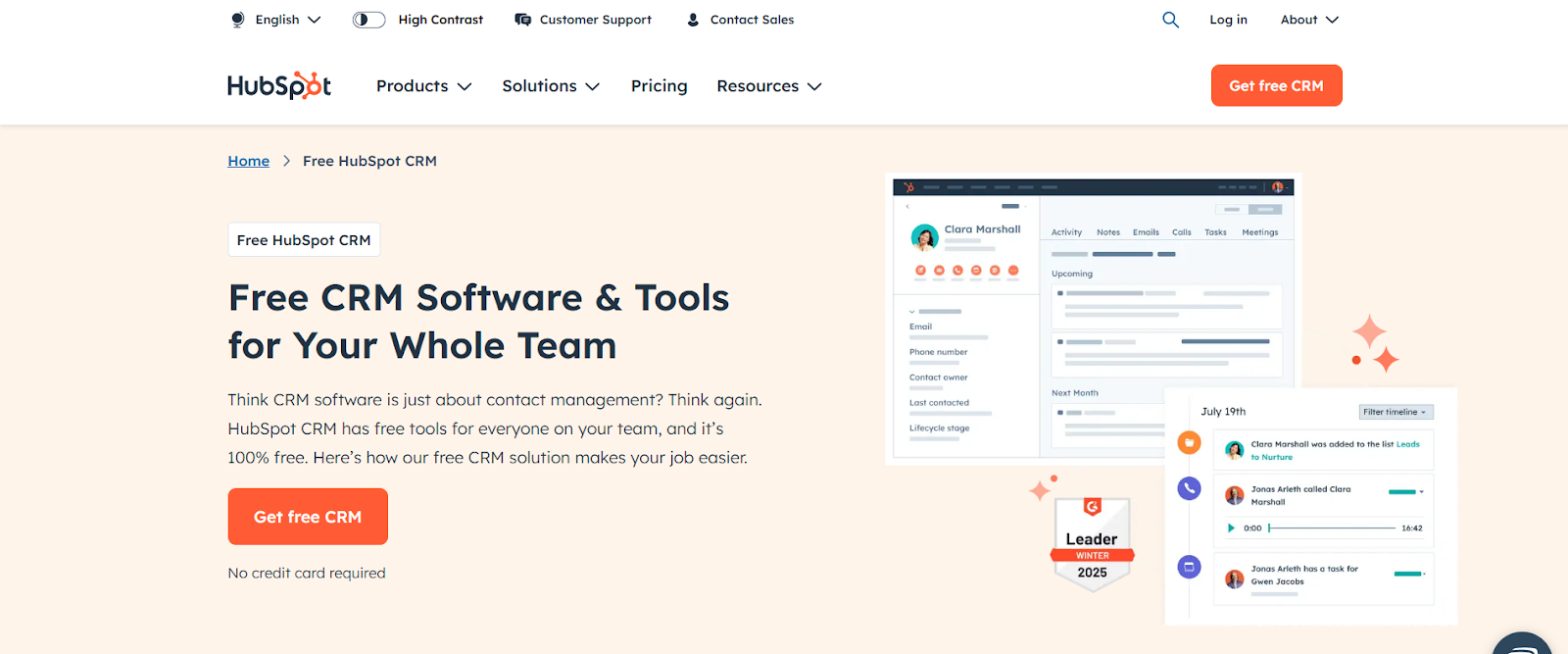
HubSpot provides infrastructure for lean GTM teams. As an all-in-one CRM with sales, marketing, and service hubs, it centralizes activity and keeps teams aligned. With built-in automation and reporting, it’s best for SMBs and mid-market companies that want a unified system without stitching together multiple platforms.
Pros
- Combines CRM, marketing automation, and service tools in one platform.
- Easy to deploy with intuitive workflows for smaller GTM teams.
- Provides clear dashboards and attribution models out of the box.
Cons
- Can hit limits on workflow complexity at enterprise scale.
- May need third-party add-ons as GTM motions grow more sophisticated.
Best for
SMBs and mid-market teams seeking a single GTM system that balances simplicity with automation.
Each of these tools solves a different piece of the GTM puzzle.
Default is the execution layer — automating routing, enrichment, and handoffs so strategy actually turns into revenue. 6sense sharpens targeting with predictive intent, while HubSpot provides the CRM backbone for smaller teams.
Together, they show how GTM success comes from intelligence, infrastructure, and flawless execution.
3 winning GTM strategies
Strategies are only as good as their execution. To see what works in practice, let’s look at three companies that built GTM motions tailored to their product, market, and growth stage — and what today’s GTM leaders can learn from them.
Notion – Scaling PLG into enterprise

- Started with a self-serve freemium motion targeting individual knowledge workers.
- Product-led loops (sharing, templates, collaboration) drove organic team expansion.
- Introduced PQL frameworks and in-app triggers to hand off qualified users to sales.
- Shifted to a hybrid motion as enterprise demand grew, using usage data to prioritize leads..
Lesson for GTM leaders: Use product usage signals to trigger sales engagement — don’t replace them with sales-only motions.
Gong – Sales-led with insight-driven positioning

- Created the “revenue intelligence” category to differentiate in a crowded sales tech market.
- Used bold, insight-led marketing (e.g., cold call breakdowns) to drive outbound engagement.
- Equipped reps with enablement tools tightly aligned to the core positioning narrative.
- Coordinated execution across SDRs, AEs, CS, and RevOps for high-touch deal velocity.
Lesson for GTM leaders: Category creation works when positioning is embedded into every stage of the GTM engine.
Airtable – Community- and channel-led hybrid GTM

- Grew through PLG supported by template libraries and use-case-specific onboarding.
- Built a strong community ecosystem to drive user adoption and gather feedback.
- Expanded reach through partner channels including agencies, consultants, and solution builders.
- Combined self-serve growth, solution selling, and ecosystem enablement for scale.
Lesson for GTM leaders: Treat community and channel as core distribution layers from the start — not as afterthoughts.
These examples prove there’s no single formula for GTM success. The winning play is the one that matches your ICP and motion — and is executed with discipline. The real takeaway: adapt the model, but make sure execution is tight enough to scale.
Turn GTM strategy into revenue with Default
Defining a GTM strategy is only step one. The real challenge is executing it across multiple teams, tools, and handoffs without losing speed or precision. This is where many revenue orgs stall — and where CAC, routing errors, and missed opportunities start to climb.
Default is the execution layer that turns GTM strategy into revenue.
By automating lead enrichment, routing, qualification, scheduling, and website intent capture it removes the operational drag that slows response times and fragments execution.
Every high-intent lead gets to the right rep instantly. Every buyer signal is surfaced in real time. Every team works from the same playbook.
Whether you’re scaling PLG, running enterprise ABM, or rebuilding RevOps infrastructure, Default provides the orchestration needed to convert demand into revenue — faster, cleaner, and more predictably.
Book a demo with Default and turn your GTM strategy into a revenue engine that never stalls.
Conclusion

Former pro Olympic athlete turned growth marketer! Previously worked at Chili Piper and co-founded my own company before joining Default two years ago.
Accelerate your growth with Default.
Revamp inbound with easier routing, actionable intent, and faster scheduling















.png)


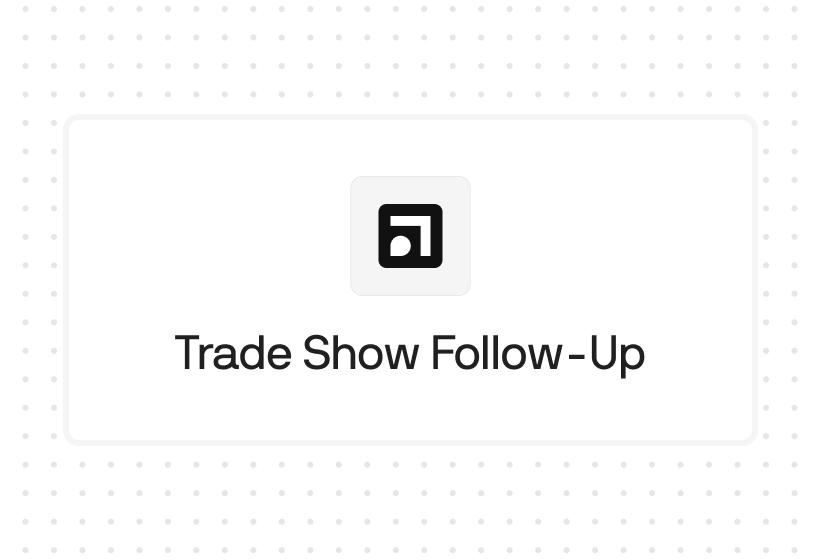
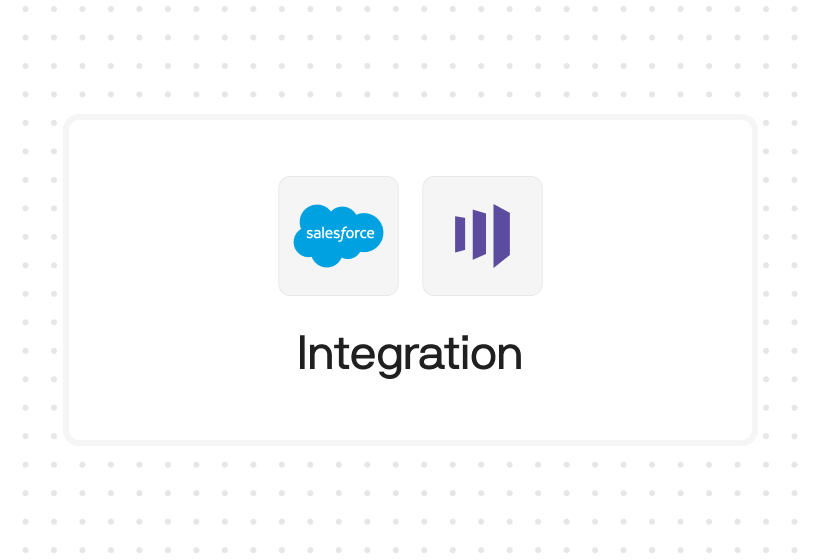




%201.svg)



.svg)





%201.svg)



%201.svg)

